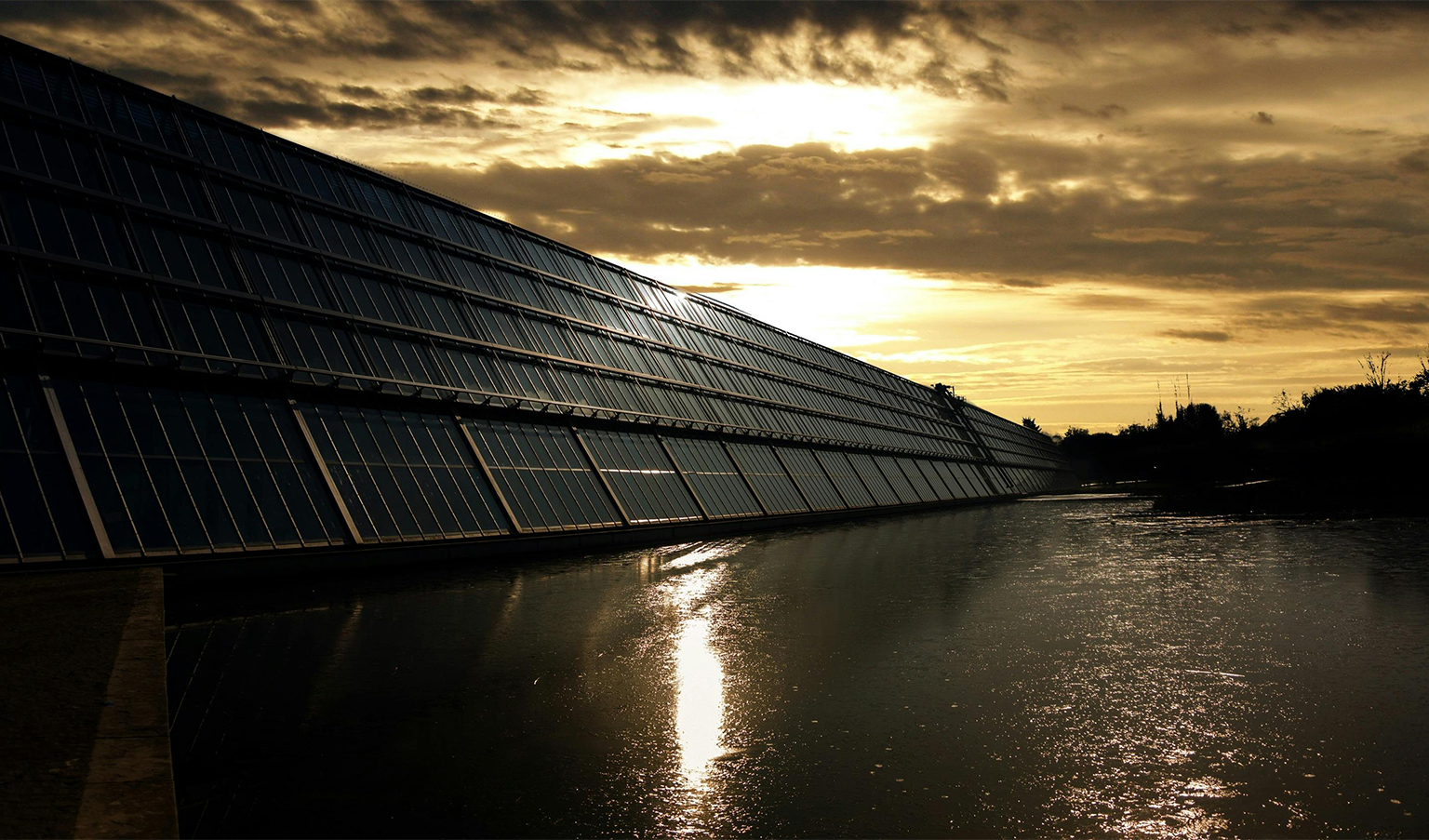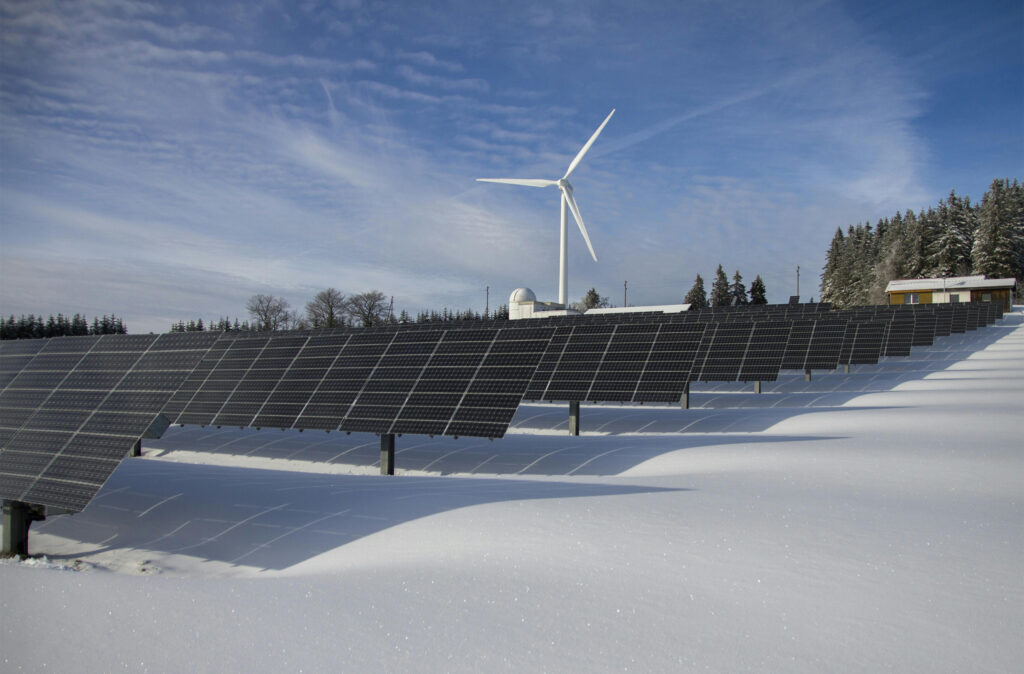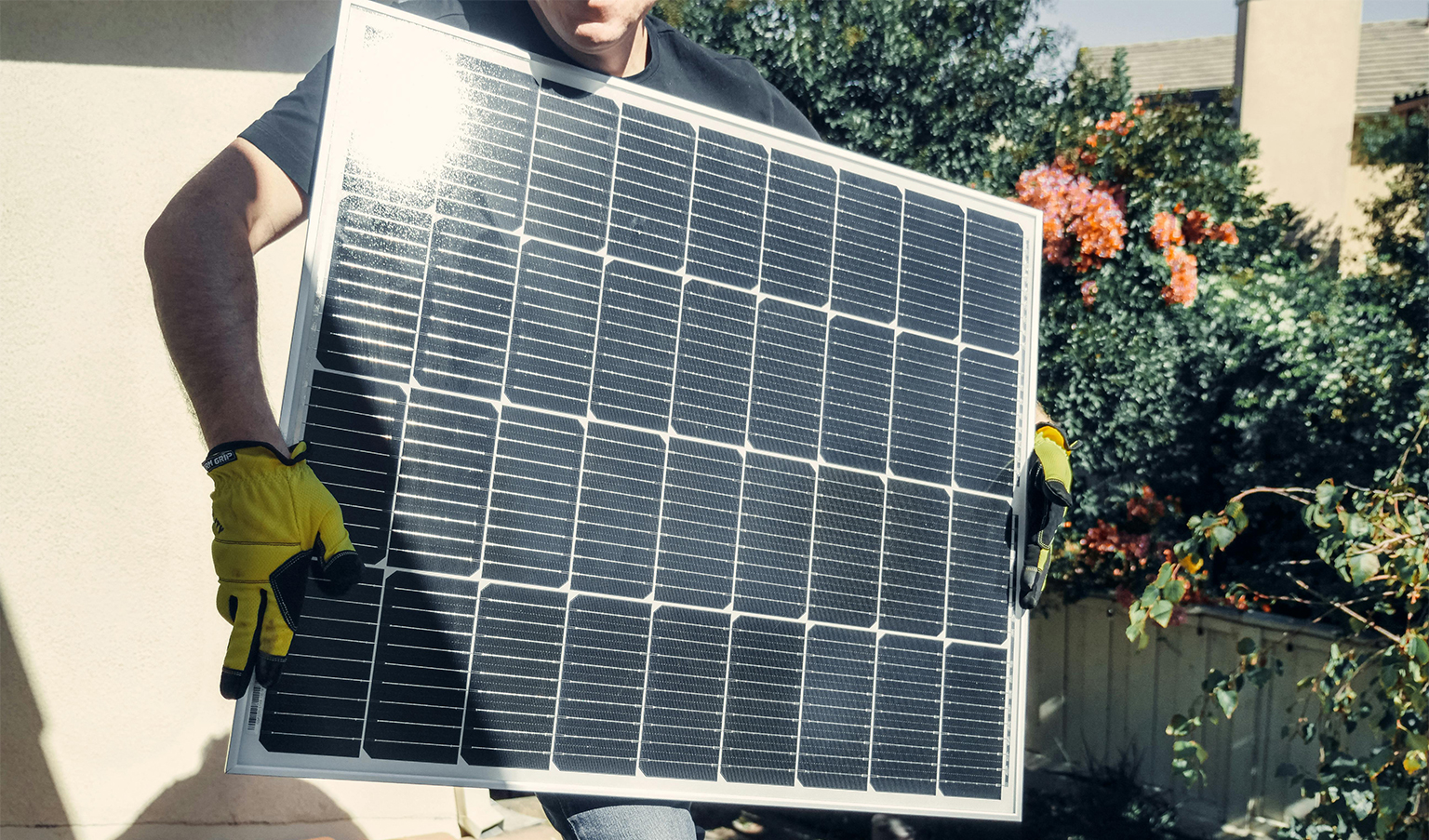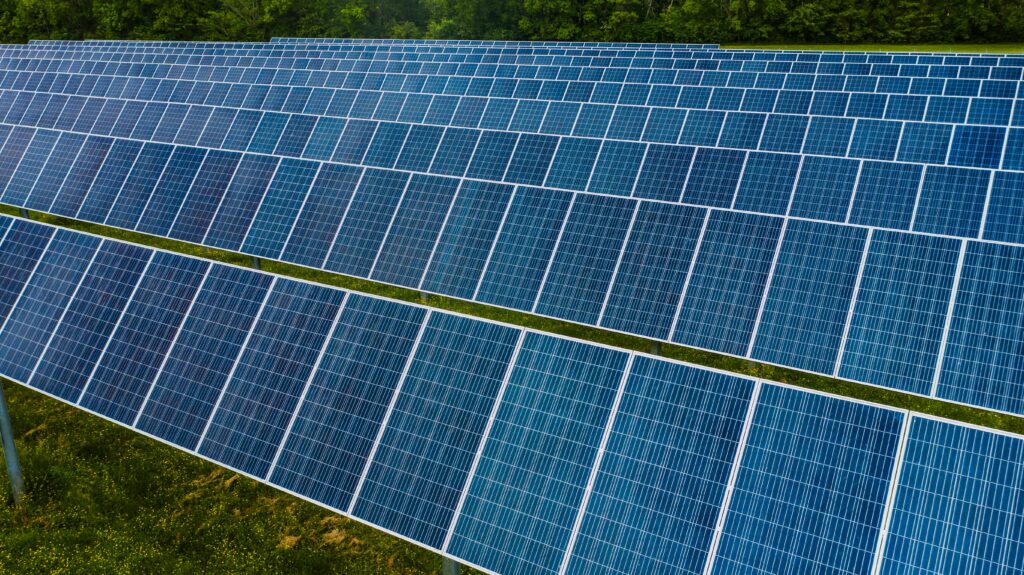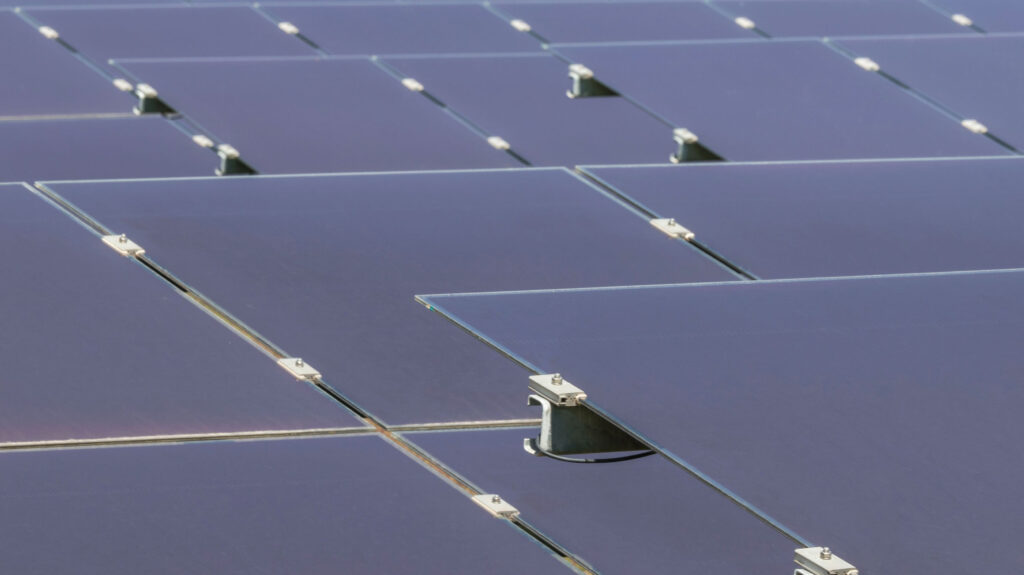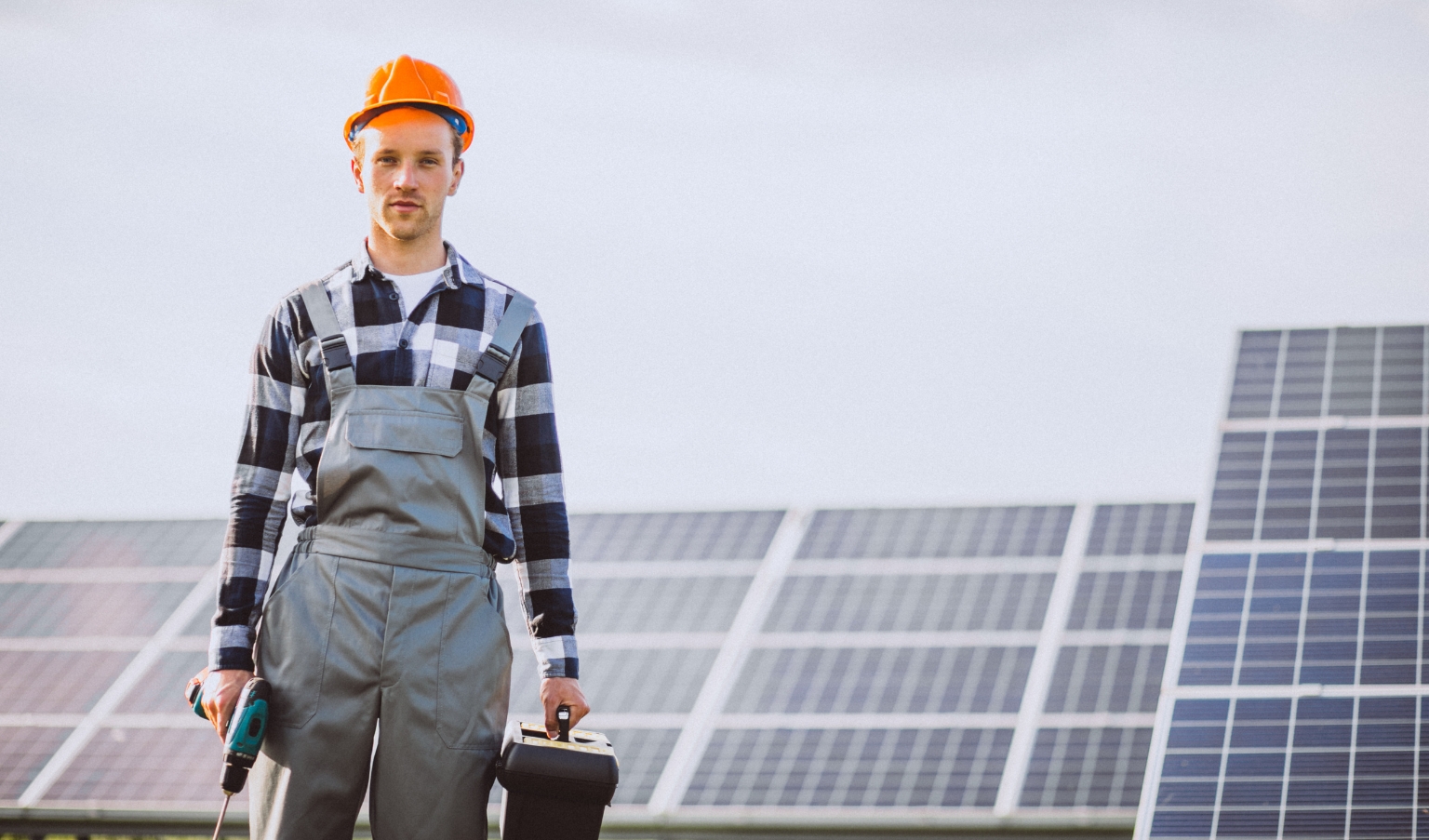There is a growing trend where households have adopted using solar panels to reduce their expenditure on energy and reduce their dependence on power companies. Using solar energy is cost-effective and has many positive effects on the environment, making it a considered green energy source. Clean energy is now more popular than ever, and solar is a huge component of combating climate change and reducing dependence on fossil fuels. Solar generation systems generate clean, renewable, and emission-free electricity. Therefore reduce the emission of carbon dioxide and local air pollutants. As the reliance on solar panels increases, it is becoming increasingly popular among households due to their environmental benefits.
There are details of incentives and financing for solar energy in California. There are incentives that any homeowner or business would want to adopt solar energy. According to research, the introduction of solar energy systems in homes can prevent the use of fossil energy sources. Which reduce air pollution, and preserves natural resources. Solar technology has been invented since the 1950s, but the general public is still unaware of its environmental effects.
Here are some of the major environmental benefits of solar energy on the environment:
1. Using less water
Water is a precious natural resource, and our driest continent poses a risk of running out of it. Traditional electricity production uses thousands of litres of water annually, while solar panels generate electricity without requiring water. They use rainwater to clean the panels. Converting to solar energy also reduces water usage, unlike traditional power plants. Water conservation is crucial due to droughts and potential threats to species. Taking water away from plants and wildlife can put undue stress on the environment.
2. Solar Panels Reduce Emissions and Pollution
It is worth looking at the air around us, as it is also a big influence on our welfare, with carbon dioxide and methane being released from burning fossil fuels. These health issues include asthma, allergies, bronchitis, pneumonia, headaches, anxiety, heart attacks, and some types of cancer. The generation of solar energy is part of renewable energy. This has zero effect on the emission of dangerous gases into the atmosphere. Thus helping in the reduction of toxic emissions produced by fossil fuels.
Using solar power can provide sufficient electricity for the facility without relying on grid power. The burning of fossil fuels emits carbon dioxide, the principal greenhouse gas that causes global warming, and nitrogen oxide, which results in the formation of smog and pollutants. Solar panels minimize the usage of fossil energy by offering clean energy. They minimize nitrogen and carbon, which affect the environment.
3. Help slow climate change

Emission of gases into the atmosphere damages the atmosphere and increases the greenhouse effect as gases such as carbon dioxide, methane, and nitrous oxide are released into the atmosphere.
There is already an increase in the number of greenhouse gases due to human activities including the burning of fossil fuels, which accelerates the process and results in disastrous natural conditions.
Therefore, it can be affirmed that if solar energy is widely adopted it can reduce/mitigate the effects of climate change as it does not emit greenhouse gases. When carbon or CO2 is locked in the atmosphere, it gradually warms the climate and adds more power to storms and weather conditions. Most climate and earth scientists are saying that renewable energy has strength. It also has the advantage that it reduces CO2 emissions and releases minimal pollutants into the atmosphere. There is an admirable desire for solar energy in solar technology and its potential in producing clean energy for the future.
4. Reducing your household’s carbon footprint
Solar energy is cost-effective and renewable; hence, it has less effect on the emission of carbon dioxide. It does not have water as a raw material, has no chemical output regarding harmful gas emissions, and is universally accessible and costless. Using a solar water heater and having a small system laid out means that the use of electricity is decreased, thus the actual carbon footprint is decreased, and more credit towards A.R.E.T. is earned.
5. Reducing our reliance on fossil fuels
Solar energy is abundant, and if we utilize it for an hour, it has enough potential to power the world for a year. Gradually moving away from fossil fuels once we exhaust them can reduce energy costs, reduce greenhouse gas emissions, and lead to a more stable future. Thus, as people become more aware of the impact of their actions on the environment, interest in using other sources of energy grows, solar energy being one of them. Renewable energy from the sun is environmentally friendly and economically efficient for use in structures and homes. With Google Pay Casino NZ you can pay to play games and at the same time contribute to promoting solar energy.
What is the impact of manufacturing and recycling solar panels?
Solar panels are not zero-emissions resources, but they require manufacturing and recycling processes, which have some environmental impact. Researchers used the concept of energy payback time (EPBT) to frame the environmental impact of solar energy, which is the time it takes for panels to produce clean electricity and “pay back” the energy required to produce it.
Solar Panel Productivity and Manufacturing Process
- Efficiency of solar panels in sunny areas leads to higher electricity generation and shorter EPBT.
- Different panels require different energy sources for production, with thin-film modules having a smaller carbon footprint.
- Manufacturing locations affect EPBT due to transportation-related emissions.
The average energy payback time (EPBT) for solar panels has declined by 12.8% between 1996 and 2020, according to Fraunhofer-Gesellschaft. In the U.S., the EPBT of 19.9% efficient solar panels was just 0.95 years in 2020. As the solar industry matures, manufacturers are focusing on domestic manufacturing and improving efficiency, resulting in a decrease in EPBT. Recycling solar panels will become more cost-effective and efficient.


